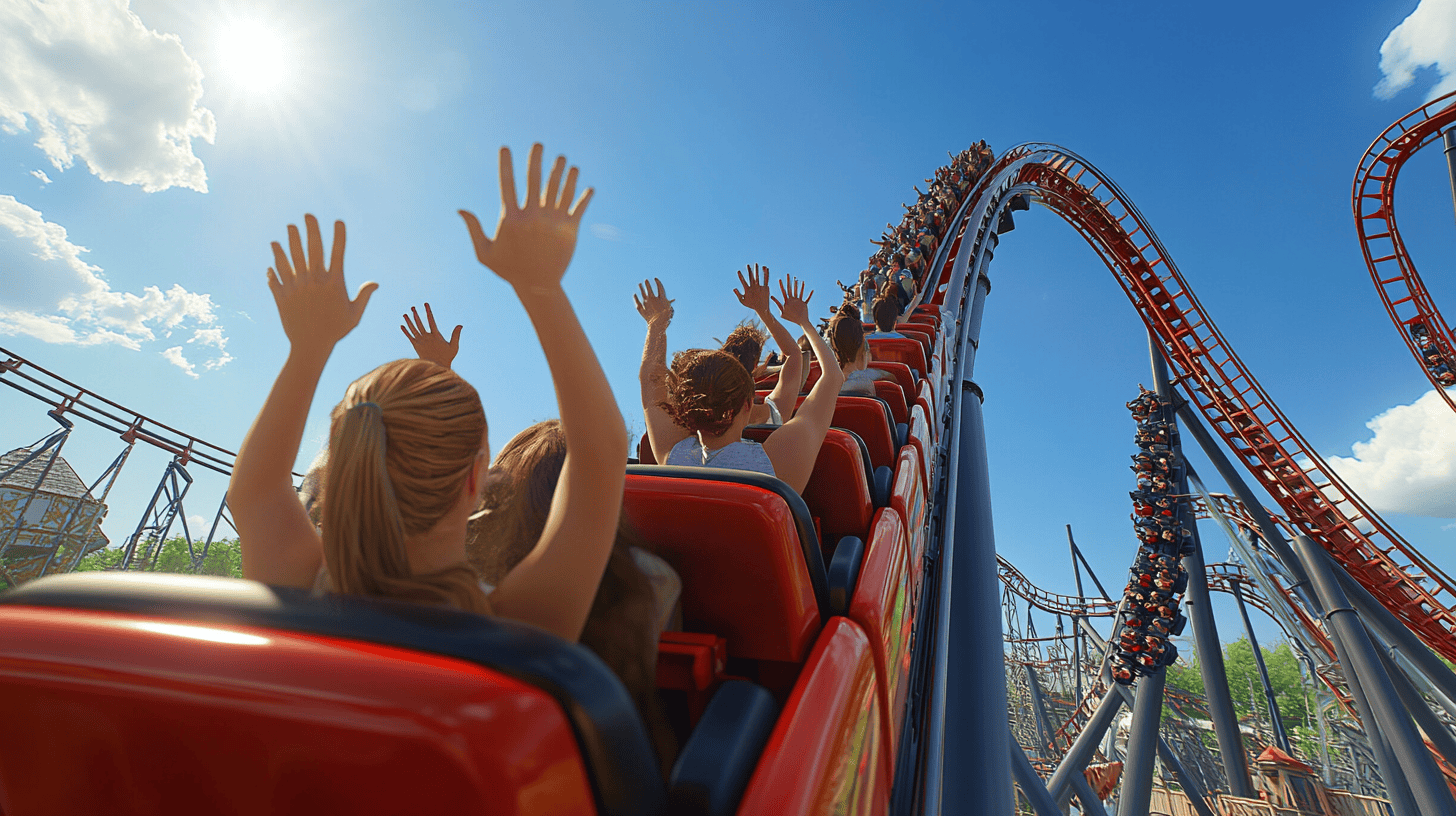8730 Wilshire Boulevard, California 90211
Get Help Now
8730 Wilshire Boulevard, California 90211
Get Help Now

Generally yes. One of four legal theories usually applies, premises liability, respondeat superior, negligent hiring, or negligent supervision.
Disneyland, in Anaheim, has a very long history of amusement park injuries. Way back in 1955, less than a week after the park opened, the Main Street, USA train derailed. Probably to avoid disciplinary action, the brakeman left the scene of the accident, slipped out of the park, and was never seen or heard from again. Very recently, in 2024, a Fullerton woman fell near the Club 33 Restaurant, hit her head, and died.
Many, many other serious and fatal injuries occurred between these two. An Amusement Park Accident Attorney can obtain significant compensation for all of them. This compensation usually includes money for economic losses, such as medical bills, and noneconomic losses, such as pain and suffering. Even if an individual’s negligent or intentional act causes injury, Disney, or any other theme park owner, is often financially responsible for damages.
This responsibility is good news and bad news for victims. The good news is that more money is available. The bad news is that amusement park owners are usually out-of-state holding companies with gaggles of lawyers.
Amusement park owners, and all other residential and commercial property owners, have a legal duty to create and maintain safe and secure environments. They must go out of their way to protect their guests. The extent of this duty varies based on several factors, such as:
A banana peel fall in a restaurant is a good example of knowledge, one of the most important elements in a premises liability matter.
If a victim slips on a yellow banana peel and falls, most likely, the peel recently fell on the floor, and once again most likely, the owner didn’t know about it. But if the peel was dark and/or gritty, the time/notice rule applies. The owner should have known about the hazard and should have removed it.
Third-party assaults are also premises liability matters. In these cases, an Amusement Parks Accidents Los Angeles must prove the injury was foreseeable. Prior similar incidents at the park are the strongest evidence of foreseeability. Furthermore, the case must be strong enough to overcome some common insurance company defenses. More on that below.
Victims must only prove facts by a preponderance of the evidence (more likely than not). Therefore, a little evidence usually goes a long way.
This theory usually applies if an employee was negligent during the course and scope of employment, and that negligence substantially caused injury.
Roller coaster accidents are a good example. If an employee fails to properly maintain the ride or properly operate it (e.g. allows too many people to crowd onto a ride), the amusement park is responsible for damages.
The comparative negligence defense often applies in these situations. The victim’s refusal to follow specific ride safety instructions, or deliberate intent to violate park rules, constitutes comparative fault. So does a victim’s undisclosed health issues. A victim’s unknown health issues are in a grey area.
If the victim’s negligence or other conduct contributed to an injury, the factfinder must apportion responsibility between the two sides (50-50, 70-30, etc.). California is a pure comparative fault state. Joint responsibility usually only reduces damages. Even victims who were 99 percent responsible for their own injuries are entitled to a proportionate share of compensation.
We’ll discuss these final two theories together because they’re identical in many ways.
Negligent hiring means letting an incompetent person perform a job. If Peter is blind, he cannot safely operate an amusement park ride by himself. Hiring a worker without running a background check or asking the right questions during an interview could also constitute negligent hiring.
Negligent supervision is failing or refusing to properly discipline employees who make mistakes, break rules, or are accused of misconduct.
Employee-on-customer assaults are a good example. People with recent, violent criminal convictions shouldn’t work with the public. If they act out, their employers must quickly, thoroughly, and transparently investigate the matter. The results of that investigation, and the results alone, must dictate punishment, if any.
Amusement parks are liable for injuries, at least in most cases. For a free consultation with a Personal Injury Attorney California, contact the Law Offices of Eslamboly Hakim. You have a limited amount of time to act.
Tag: